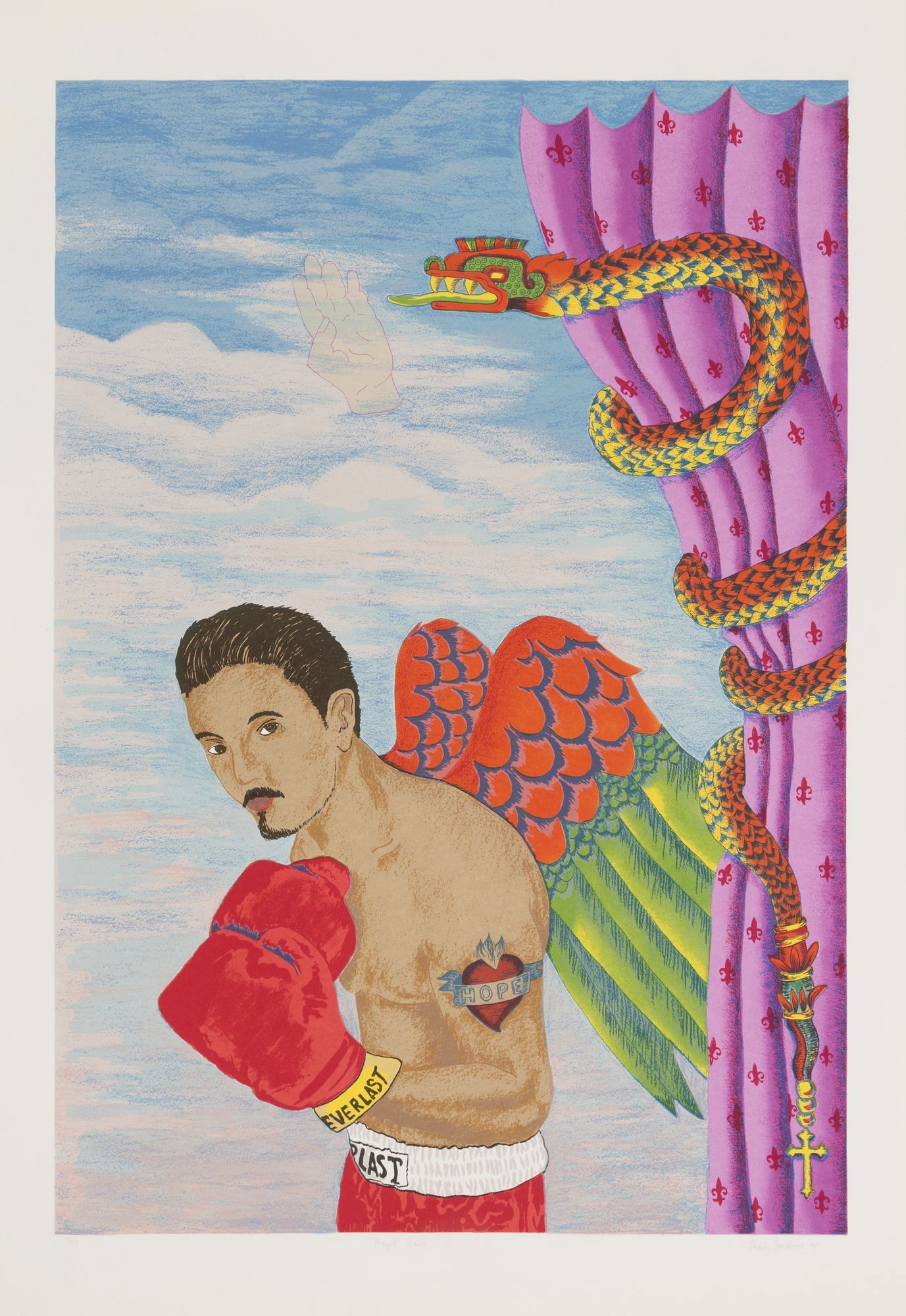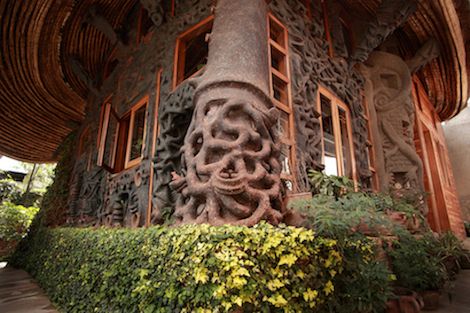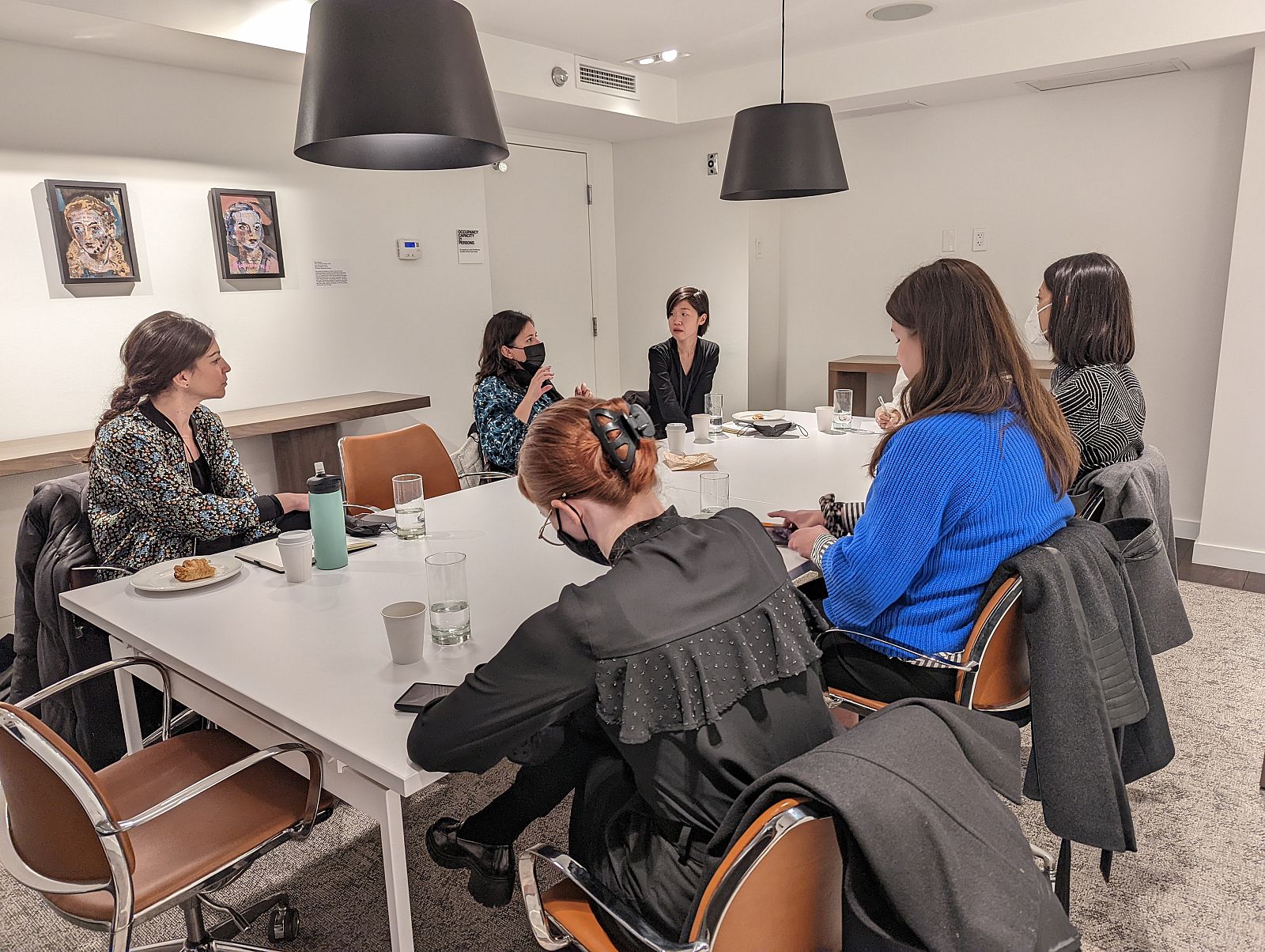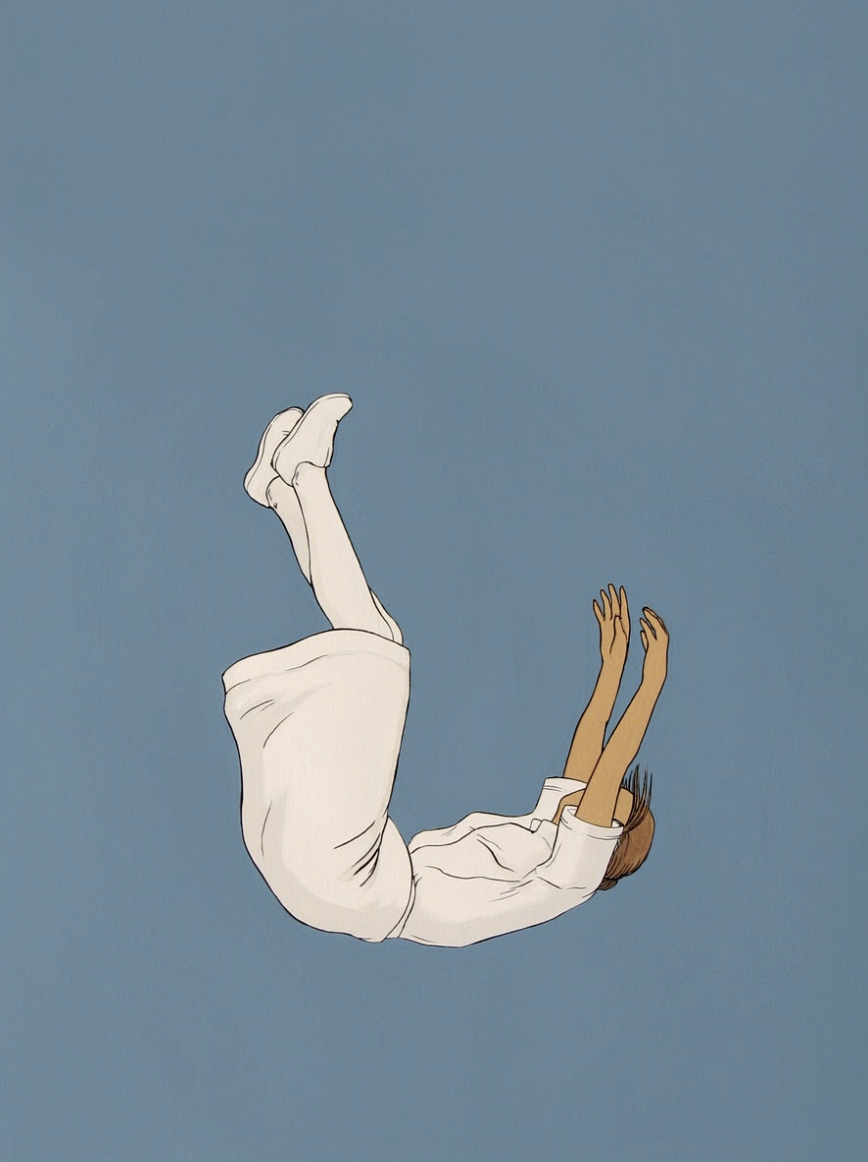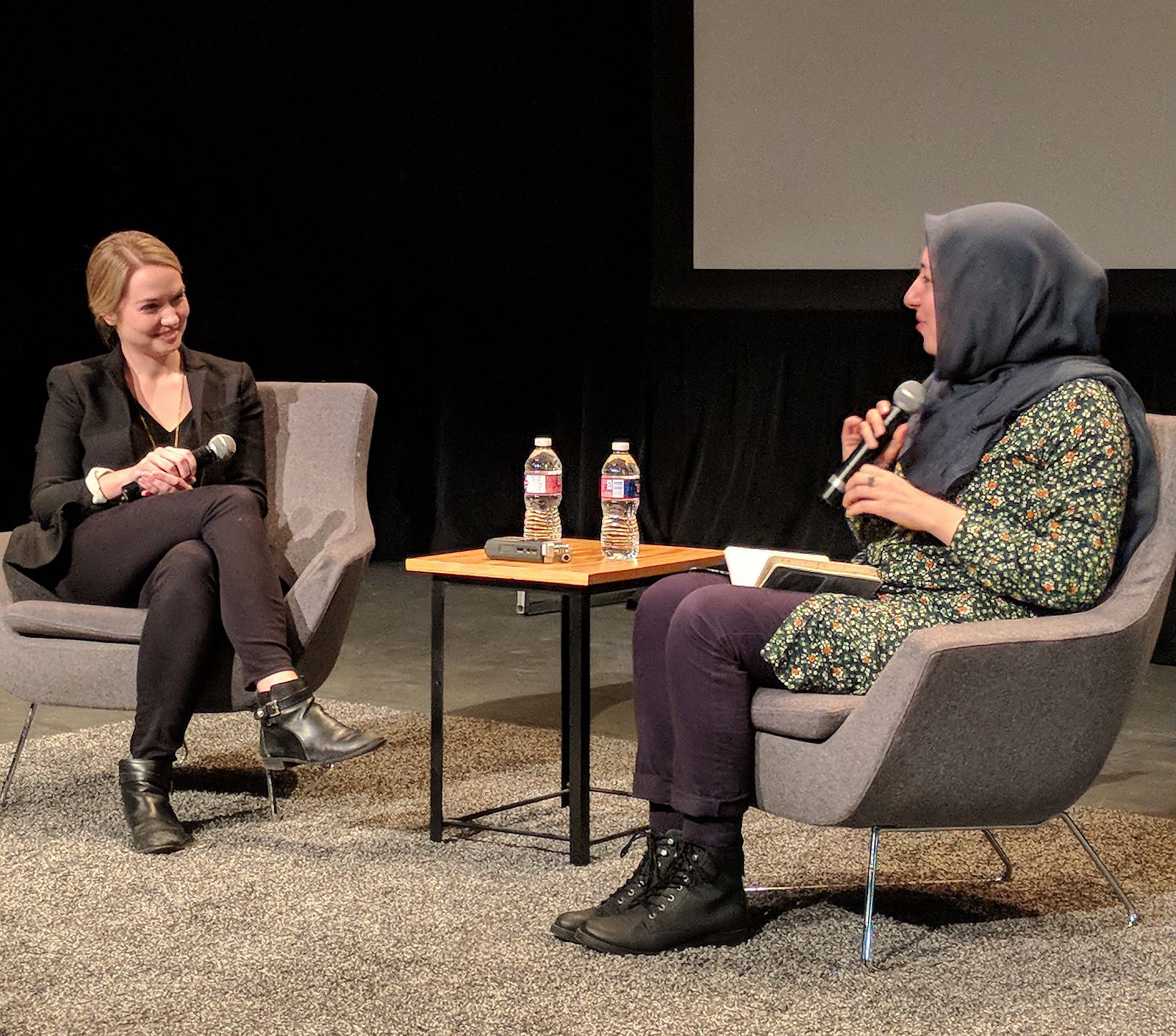The history of book production has been a along one, originating centuries ago with the earliest form of book (and perhaps mankind’s most durable art form), the codex – a quire of manuscript pages held together by stitching – which replaced the even earlier forms of written communication, wax tablets and scrolls. From the earliest period of its existence, the book had a coherent sequence of numbered pages and offered a spatial and temporal experience of cogent messages in a portable three-dimensional format. In our own century, and especially since the 1960s, the codex form has evolved, as livre d’artiste, in an expansive interpretation of its original form. The traditional book has been transformed into accordion, fan, scroll, and boxed format. Each page may present a point of view, contributing to an overall rhythmic flow, in a manner quite different from that of the consistent illustrational style of the traditional book.
Artists’ creativity and printers’ ingenious techniques have kept pace with all that twentieth-century technology can offer to the art of book production. In the 1960s, there was a radical change in printmaking. Artists stopped being concerned with the chemistry of ‘fine’ printmaking and became interested in the final image, causing a new collaborative arrangement to develop between painters, sculptors, and craftsmen. New media, photographic aids, mass production, and a diversity of materials (including aluminum, canvas, rubber, mylar, vinyl, and other plastics) advanced a tendency toward three-dimensional work introduced through collage, assemblage, die-cutting, and the use of molds, and gave rise to the multiple object. There was a crossover of ideas: methods used in graphic editions came to be used in the creation of illustrated books. More recently, renewed interest in papermaking, typesetting, bookbinding, and other book-related crafts, coupled with the involvement of contemporary artists in personal verbal and visual communication, has infused the illustrated book with new vitality.
The arts of the book offer an infinite variety of delights to the eye and intellect. This exhibition provides a rare opportunity to see ‘great’ books, illustrated by modern masters, removed from locked museum, library, and collector’s cabinets, and presented in the expansive manner they deserve. Often lavish and iconocloastic, these volumes invite an intimacy with each artist that cannot be acquired from a uique painting, drawing, or sculpture. These books will never become merely decorative, like art objects that hang on walls. They must be experienced at close range; their substance must be studied over a period of time to be understood. Reading is a slow, linear, and personal activity – quite different from other aspects of our popular culture. Preserved in their bindings, slip-cases or boxes, relatively small in scale, formerly known only to those who sought them out, these books furnish in microcosm a comprehensive view of the art of the past twenty years.
-- Excerpt from catalogue essay by Donna Stein, 1986

